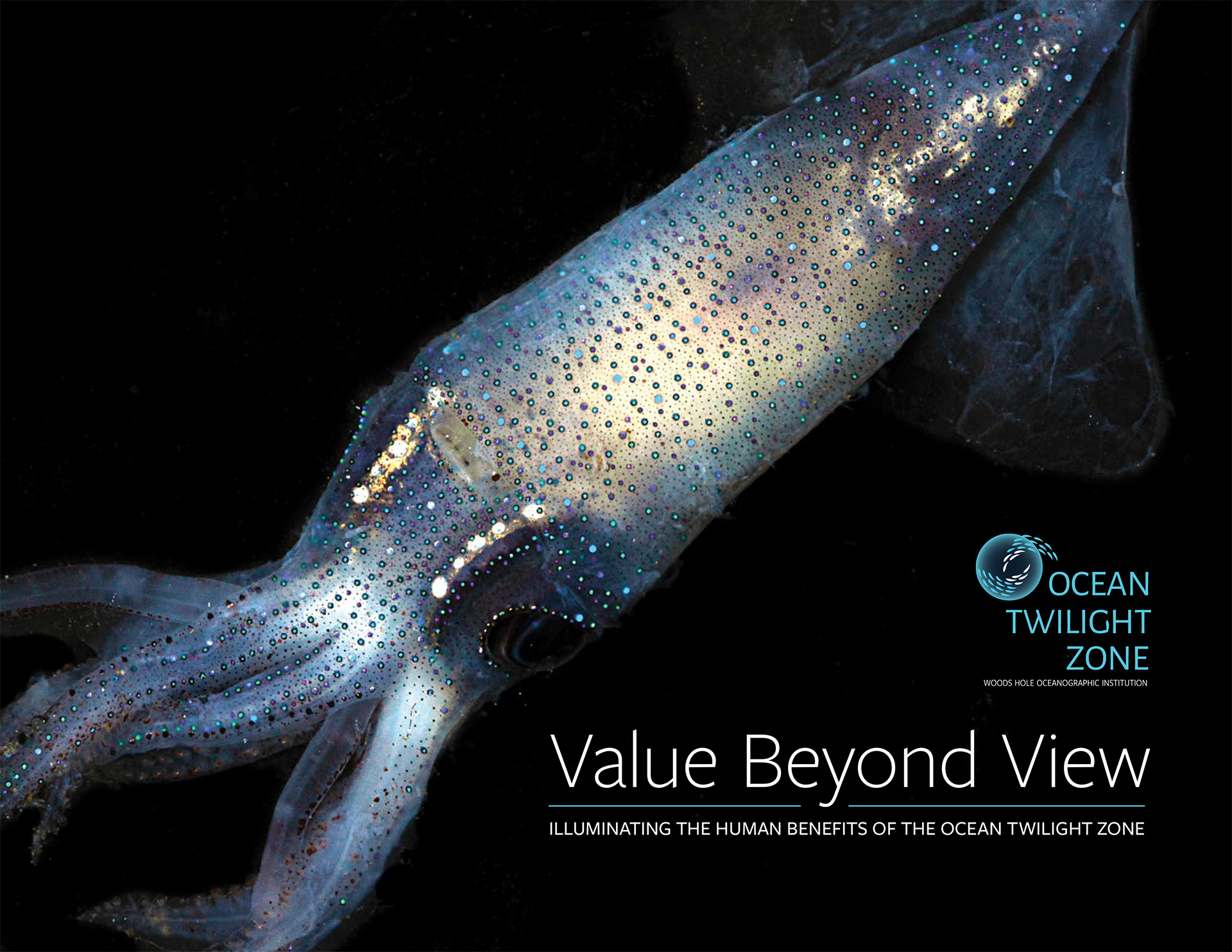Special Reports
Coast Resilience and Sea Level Rise
Institutions whether large or small, coastal communities whether rich or poor, cannot control sea level rise by their actions alone. But they can prepare well through a variety of adaptation measures. This report summarizes the results of a June 2024 workshop in Woods Hole to to review the latest scientific findings on sea level rise and coastal resilience and to discuss community approaches to increase resilience and adaptation.
Ocean Iron Fertilization
In some parts of the ocean, the growth of phytoplankton is limited by a lack of iron in seawater. The ExOIS (Exploring Iron Ocean Solutions) working group led by WHOI chemist Ken Buesseler examined the potential of spurring growth by adding iron in order to increase both the uptake of carbon dioxide by the ocean and the amount that gets sequestered at depth.
Harmful algal blooms: understanding the threat and the actions being taken to address it
Although phytoplankton play a critical role in sustaining life, some species of single-celled algae can be harmful when they occur in large numbers. When conditions are right, these species rapidly reproduce until they create huge masses of algal cells, known as Harmful Algal Blooms (HABs). Some can become so large and dense that they can be seen from space. But even low concentrations of cells can be very dangerous. This report examines the threats that HABs impose on humans, marine organisms, and aquatic ecosystems, and explores some of the actions being taken by scientists and others to mitigate their impacts.
Understanding Sea Level Rise
Since the turn of the 20th century, seas have risen six to eight inches globally. New technologies, along with a better understanding of how the oceans, ice sheets, and other components of climate interact, have helped scientists identify the factors that contribute to sea level rise. This report discusses three factors that contribute to sea level rise: postglacial rebound, changes to the Atlantic Ocean circulation, and Antarctic Ice Sheet melting.
Saving the North Atlantic Right Whale
The North Atlantic right whale is one of the most endangered whales in the world. At the time of this publication, approximately 360 individuals remain. This report examines the top three threats facing the North Atlantic right whale and explores actions being taken by the scientific community and concerned organizations to ensure the long-term survival of this critically endangered species.
Biodiversity in the Ocean Twilight Zone
Yang, Nina; Annette Govindarajan Di Jin. Published April, 2024
The Ocean Twilight Zone's Role in Climate
Ken Buesseler, Di Jin, Melina Kourantidou, David Levin, Kilaparti Ramakrishna, Philip Renaud. Published February 2021.
Value Beyond View in the Twilight Zone: A report on the value of ecosystem services from the ocean’s mesopelagic
Hoagland, Porter; Jin, Di; Holland, Michael; Kostel, Ken; Taylor, Eric; Renier, Natalie; Holmes, Mark. Published January 2019.
The twilight zone is a fundamental part of the ocean ecosystem, playing an important role in carbon sequestration and marine food webs, as well as the natural functions of many processes throughout the ocean. Ecosystems provided by the ocean twilight zone are highly beneficial to humans, but they largely occur out of sight. We need to think carefully about what we stand to gain or lose from future actions that could affect the twilight zone ecosystem services. Greater knowledge is essential if we are going to move toward the goal of sustainable use of resources in the ocean and twilight zone.








